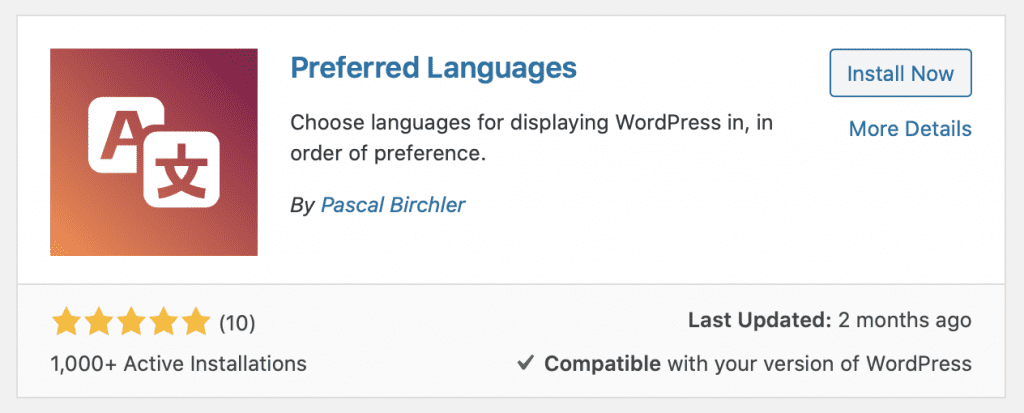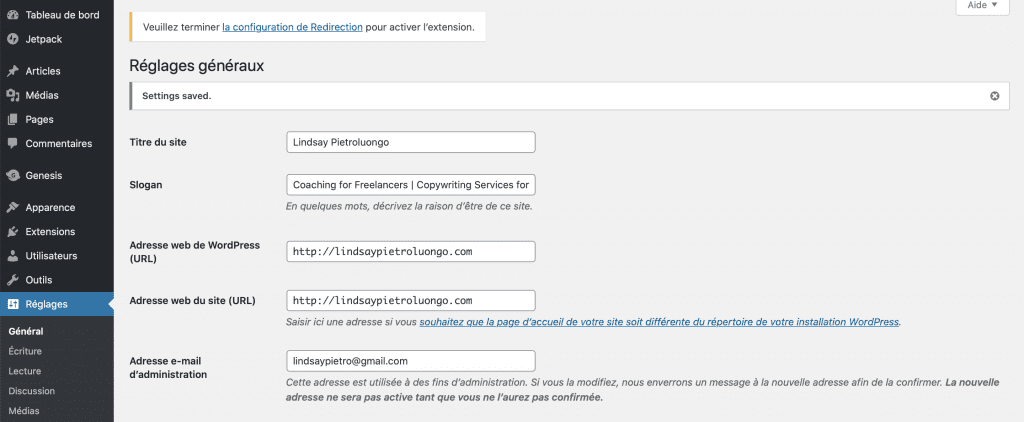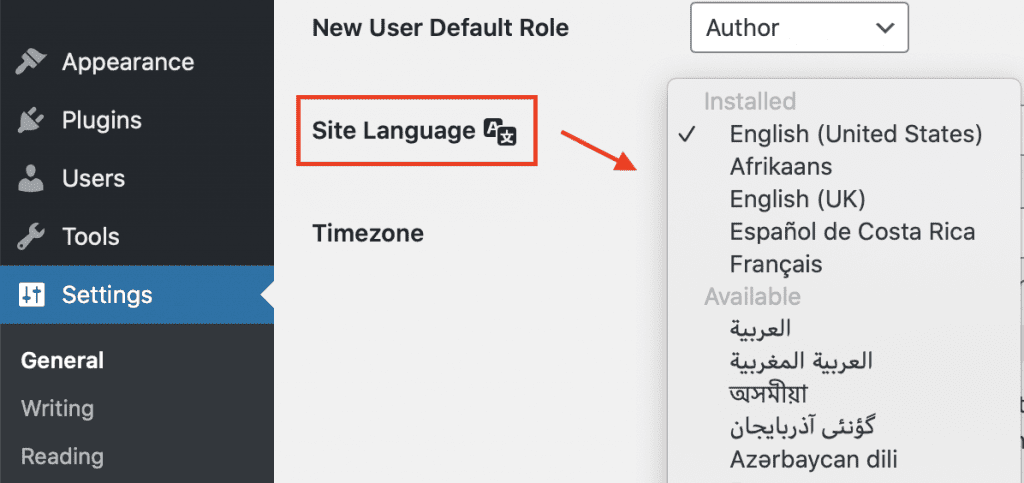You put a lot of time into creating high-quality content. If your website attracts international visitors, though, they may not be able to decipher that content. Translation tools can help you connect with the broadest audience possible by automatically turning your content into a different, preferred language.
According to Statista, the most common language used online is English, but that only makes up about one-quarter of users. The rest are communicating in Chinese, Spanish, Arabic and Portuguese, among other languages. Interestingly, though, more than half of all websites are in English. Since international audiences can’t always read website content, making your site bilingual will help it compete.
Subscribe To Our Youtube Channel
Many users feel that the Preferred Languages plugin should be part of core WordPress – that’s how useful it is. You can display your website in multiple languages or a specific, preferred language, and you can also set the order of translations that you want WordPress to attempt to load (a fallback chain). This plugin isn’t perfect, though – it auto-translates without letting you set custom translations, and it also changes the dashboard language. But, for the effort required, it’s still a great option for many WordPress users.

How to Use the Preferred Languages Plugin for WordPress
After installing and activating the plugin (which you can find here or search for in WordPress), go to Settings and then General in the left sidebar. Scroll down to the Site Language section.

Use the drop-down menu to select the languages you want your website translated into. The languages are not in English, so you’ll need to know their native spelling and characters to find them on the list. You can then move languages up or down to set the fallback chain, or remove them from the list.

When you’re finished, make sure to click Save Changes on the bottom left of the screen. Otherwise, your preferred languages won’t be saved.
Setting a Preferred Language for the WordPress Dashboard
When you set the language fallback chain, the language of your WordPress dashboard will change, too. I set the language to French, and this is what it did to my menus, settings, etc.

Whichever preferred language is at the top of your list is what the dashboard defaults to once you click Save Changes. To make sure you can still navigate WordPress, set the first language to one of the English options (American English isn’t an option).
To clarify, when the dashboard language changes, the language on your actual website is not changing. My content was English to visitors in the U.S. even though I saw French on the dashboard.
Changing the Dashboard Preferred Language in Native WordPress
If you only want to change the dashboard language and you don’t care about translating your website for visitors, you don’t need a preferred language plugin. Go to Settings and then General, then scroll down to Site Language. Choose your preferred dashboard language from the drop-down menu.

Auto-Translation vs. Self-Translation for Your Preferred Language
If translating your website into different languages is a big part of your strategy, you’ll want to know the difference between auto-translation and self-translation:
- Auto-Translation: Plugins that offer auto-translation, like Preferred Languages, automatically convert your content into different languages. Though the translations will probably be understandable, they won’t necessarily be 100% accurate.
- Self-Translation: A preferred language plugin that allows for self-translation lets you (or a professional translator) write the translations. While this process takes a lot of time and expertise, you’ll get higher quality translations.
There are also some plugins that allow for both auto- and self-translation. Preferred Languages is only for auto-translation.
Should You Translate Your Website Into a Preferred Language?
Not sure if translating your website is the right move for you? Since auto-translation comes with the risk of poor renderings, don’t use a translation plugin simply because it exists. Here are a few considerations, both positive and negative, when deciding if you should translate your site.
1. There are better marketing methods
Unless you get a lot of your traffic from other countries, translating your website isn’t a great marketing method. There are a lot of other ways to market your website without going through the trouble of setting up translations or worrying about creating low-quality content because of iffy translations.
2. You still have to consider your target audience
Unless the purpose of your website is suited to your target audience in a foreign country, don’t bother translating your site into a preferred language. Growing your traffic only matters if you’re attracting the right kind of traffic. Simply opening the doors to more visitors won’t help you land customers, clients, fans, readers, etc. On the other hand, if you’re building a global brand, offering translations shows your commitment to reaching a widespread audience.
3. It’s possible conversion rate will increase
It’s much more likely for people to make a purchase from a website if they can read all the content. Otherwise, navigating menus, reading product descriptions and understanding the sales terms are too precarious to trust. Even if an international customer loves what you’re selling, they won’t have enough confidence in your website to buy.
4. Think about what happens after the digital interaction
Your website’s purpose is to attract visitors and encourage a digital interaction. The next step may be a personal interaction, though. And if it is, can you accommodate people who speak a different preferred language? For example, let’s say you sell products online. You set up your website to translate to France, even though the native language is English. If you get customers from France, can you also provide customer support in French?
Final Thoughts
WordPress is a global platform, and the flexibility of Preferred Languages should probably be added to the core. Until it is, the plugin can help you reach your overseas audiences. If you’re not sure where your website is being accessed from, set up Google Analytics. Once you determine the countries where your site is popular, you can set the plugin to translate into those languages.
Preferred Languages is extremely easy to set up and use, but it also leaves a few things to be desired. First, it’s strange that the plugin changes your dashboard language. Second, since it doesn’t have a self-translate option, you have to rely on auto-translation, which tends to be less reliable.
Aside from those two drawbacks, though, Preferred Languages is an easy-to-use plugin with a ton of language options and the ability to create a fallback chain. Even if you use more advanced translation options in the future, the plugin can help you test out website performance when you appeal to international audiences.
You may also want to check out our article about How to Create a Multilingual Website with Divi or Extra and WPML.









This article cleared up a lot of my doubts. Keep up the great work. chinese language course
I wanted to try using Russian and Chinese as preferred languages because I get a lot of traffic from those countries for my website that is written in UK English.
This plugin has to identify the language in English because how am I to tell the difference between Chinese,Japanese, Korean. etc? Even what looks like Russian could be a different language using the Russian alphabet. So I deleted the plugin. There should at least be a list that you can copy and paste from into a translator to identify the language.
Nice article, i have a question, if i change my WordPress them so whole website layout change and may i face any customization issue?
Thanks